St Gregory's Place is probably the most well-kept heritage secret in town. Tucked in the courtyard of Hotel Grand Park City Hall, the unsuspecting pedestrian or motorist passing along Hill Street would not know the existence of these conserved shophouses. I have blogged about the modern day St Gregory's Place earlier; today we will find out more about the conservation efforts vis-à-vis a few "Then and Now" comparisons.
St Gregory's Place, the street opposite the Armenian Church, once connected Hill Street and Coleman Lane. Today it is closed to traffic and entirely subsumed within the Grand Park City Hall compound. While not as well known (and crowded) as Bugis Junction, these are real conserved shophouses, not demolished and rebuilt like the famous indoor shopping street.
St Gregory's Place in 2011 - real conserved shophouses and susceptible to the elements. Too bad no shopping.
From archival photos, I was a little shocked to realize how much our city has developed. We can see the transition from archival photos. In 1989 (photo at beginning of this article) the two rows of shophouses were still standing and the street passable to road traffic. In 1993 (photo below), we see that the authorities had cleared most of the shophouses except for those to be conserved; the area was also fenced up and closed to traffic.
St Gregory's Place from the other side of Hill Street with Peninsula Plaza towering above the shophouses. On the left is the SCCCI building. Compare this with my second shot at the beginning of this article (Source: NAS).
According to URA website, the area was given conservation status on 7 July 1995. The two-storey shophouses to be conserved were of the transitional shophouse style and there were 12 units of them (2 to 13 St Gregory's Place). The restoration architect was the late Mr Loh Choon Tong from RSP Architects Planners & Engineers. Interestingly the owner was Mr Liam Wee Sin, today the President of UOL Group Ltd. I am not sure if he is still the owner today, given the shophouses are subsumed within the hotel.
 |
| URA Conservation Plan (Dec 2003) |
St Gregory's Place was restored at a cost of $2.5 million. Did they do a good job? Let readers be the judge. Below are some "The and Now" comparisons taken during my first visit in 2011. The hotel was officially opened in October 1997 and I cannot believe this heritage gem evaded me for more than 13 years!
As conserved buildings are of secondary importance in the preservation of heritage compared to national monuments (recall the different status accorded to Tanjong Pagar Railway Station and Bukit Timah Railway Station?), the public may not be well acquainted with some of the lesser known buildings under the conservation scheme. The shophouses along St Gregory's Place would be a good example. But these buildings have a part to play in our National Education, as explained by (now retiring) MP Koo Tsai Kee:
Parliamentary Secretary for National Development Koo Tsai Kee said URA will continue to promote awareness of conservation. He said conserved buildings play an important part in the National Education programme because students can learn about Singapore's history by visiting these buildings. These buildings bring history to life for the young Singaporeans who have not experienced what their parents and grandparents had gone through.
Source: The Straits Times, 9 July 1998, by Evelyn Yap





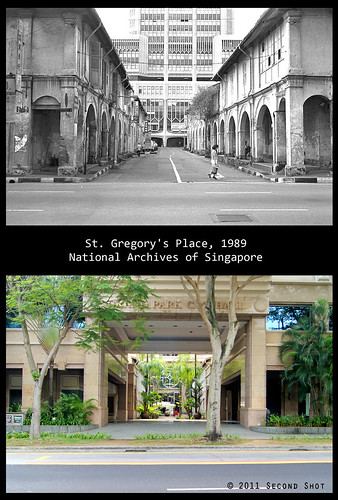
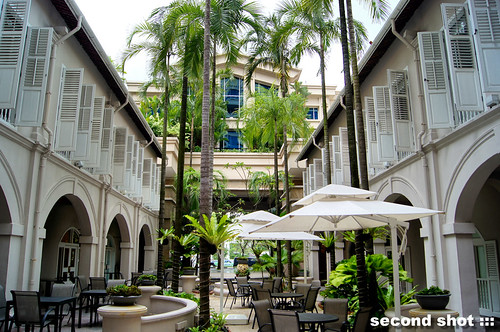
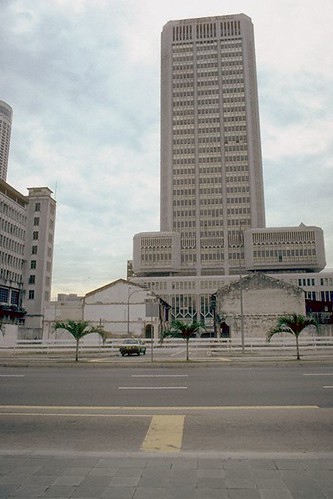


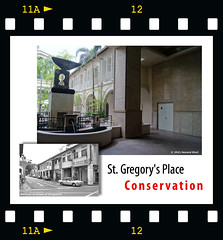
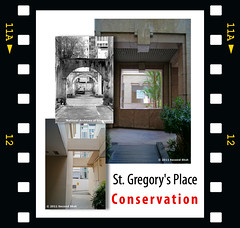
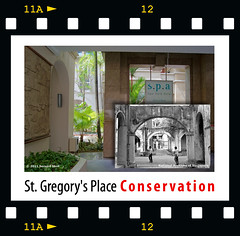
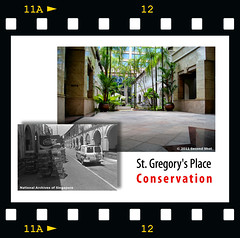
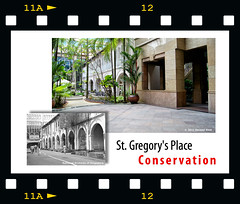










2 comments:
" I was little shocked to realize how much our city has developed"
You have to start do secondshot at beijing or Shanghai..how they develop within last few years..hehe
Yes, I have that intention too. :)
Post a Comment